Turning is involved in a variety of areas from construction and production to home decoration. On machines of this type, workers turn, drill, grind, cut, and many other operations. At the same time, turning equipment is characterized by a high degree of danger and requires careful handling of functional parts. Automation in modern machines facilitates the interaction process, but in this case only qualified operators are allowed to control. In turn, the quality of the result will depend, at first glance, on secondary, but important points. Among them is the organization of the workplace of the turner, which will determine the safety of the worker.
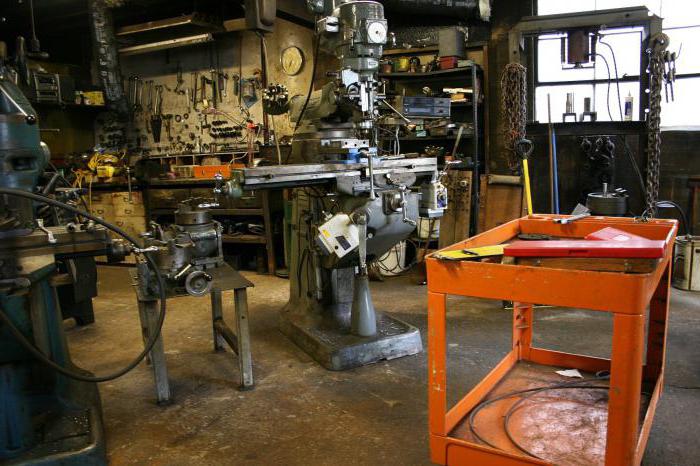
Machine Operator Requirements
The list of duties of the master of this profile includes a full range of operations related to the operation and maintenance of lathes. In particular, these include the processing of parts, commissioning and adjustment, technical maintenance, repair operations, preparation and maintenance of the unit after a working session. Accordingly, only a person who is familiar with the theoretical part of the technological processes of turning operations and who has practical training can be allowed to such events. In addition, the profession of a turner requires knowledge of the common building materials that are machined on operating machines. The master must have an idea of the physical properties of metals and wood. This allows you to adjust the machine settings, if necessary, taking into account the characteristics of a particular workpiece.
The personal qualities of the employee also matter. As practice shows, the turner profession is more suitable for people with a technical mentality, developed fine motor skills and endurance, since many hours of similar operations are often required in factories.
General requirements for the device workstation
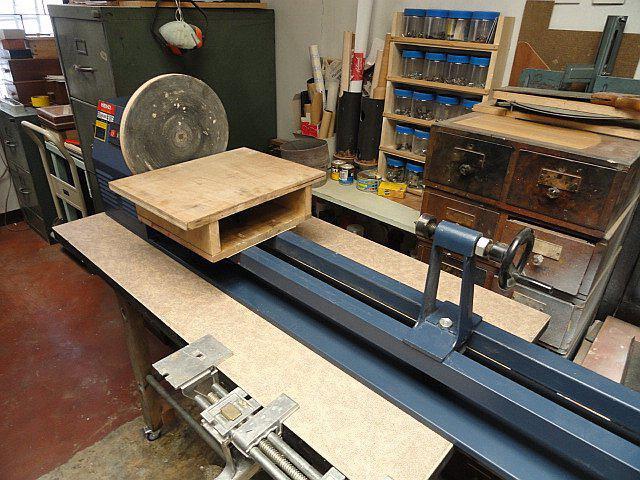
A workplace can be organized both in a separate room and in a production workshop where a group of machine tools operates. In any case, each piece of equipment should have free space around with a distance of about 1 m. The room should have adequate lighting, ventilation, and an optimum temperature in accordance with labor standards. The very organization of the workplace of the turner and its layout is largely determined by specific conditions, but a dielectric grating is mandatory under the feet of the worker. This is an important structural element that prevents electric shock. As the material of such a lattice, rubber, plastic or wood can be used. At the work site, the procedure must always be followed in the provision of which auxiliary equipment helps.
Tooling

These devices should be divided into two types - equipment for the work area as such and directly accessories and consumables for the machine. The first group includes the table as a supporting component for the machine, although massive production units provide for outdoor installation. It also provides tool cabinets and cabinets in which parts, consumables, blanks, etc. are stored. It is forbidden to hold any objects on the machine itself.Machine tooling includes chucks, cutters, drills, holders, fixing and positioning devices. It is important to note that most modern machines are universal in terms of type of processing, so a change of equipment can radically change its set of functions. Now it’s worth moving on to considering the machine itself.
Turning equipment
The basis of such equipment is floor and table machines designed for processing metal or wood by grinding, cutting, drilling and sharpening. Small units can have a power of up to 500 W and can be installed on a regular locksmith table in a garage or a carpenter’s workshop. Production models have a capacity of about 700-1000 watts and most often include outdoor installation. The power potential also affects the design - the distance between the two locking drums will determine what the maximum length of the workpiece can be. By the way, the organization of the workplace of a turner in the conditions of in-line production should also provide for an optimal algorithm for supplying material. In models with automated machining functions, part installation is the most critical part of the entire process that the operator performs.
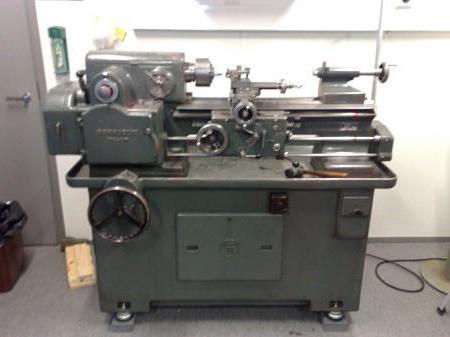
Safety rules
In the process, you cannot leave parts and workpieces on open surfaces not intended for holding the tool. The equipment should be securely mounted in the chuck - it should be checked before and after the working session, as well as the other sections of the connection of the functional components of the machine. There are some nuances in working with wood. In no case should be allowed to work on the workpiece with knots - upon contact with the cutter, the core can fly out. By the way, at large enterprises technological areas are provided for preliminary preparation of blanks - but their presence is not always possible in small workshops. This nuance also depends on the spatial resources used to organize the workplace of the turner. Safety precautions also require the regular use of cutting fluids. This is a mandatory procedure, especially when working with metals.
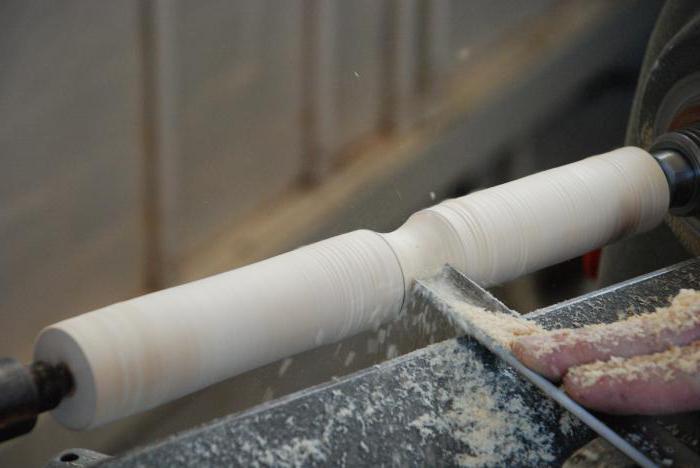
Turner Protective Equipment
The turner's standard workwear kit includes goggles or a mask, an apron, a jacket, a hat and a respirator. Moreover, special attention is paid to the edges of clothing - there should be no protruding elements that the nozzle of the machine can tighten. Depending on the volume of production operations, requirements for the organization of a turner's workplace may also include the availability of special screens in front of the operator. They will provide a barrier before flying chips during the turning of metal and wooden workpieces.
Fire safety regulations
Fire protection measures relate to the engineering support of the premises. At the plants, water channels are provided for this with ceiling water spraying devices - sprinkler or deluge. In addition, the organization of the workplace of the turner should minimize the risk of fire itself. For example, the oiled rags that were used to wipe the machine parts should immediately be removed from open places so that a random spark does not fall on it.
Conclusion
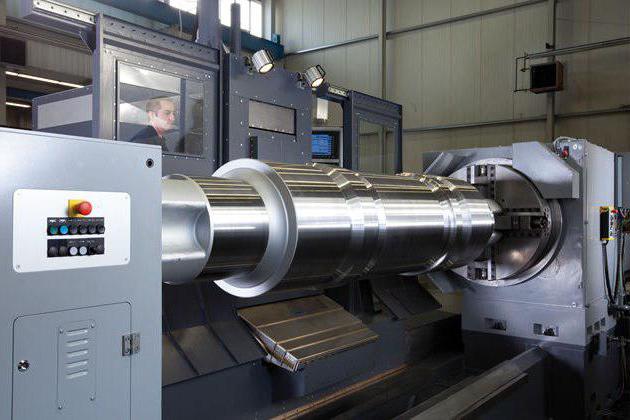
The degree of responsibility of the turner and the significance of regulatory requirements for the safety of the work process are understood by the machine manufacturers themselves. They strive to improve equipment both in terms of safety and ergonomics. In particular, thanks to the introduction of electronics with CNC modules, the organization of the workplace of a turner is also optimized in several aspects. Firstly, the dimensions of the plants were reduced, which allowed more space to be allocated for the maintenance of auxiliary equipment.Secondly, the latest machines are provided with high-tech protection systems that save the operator from the need to regularly perform certain diagnostic and preventive measures.